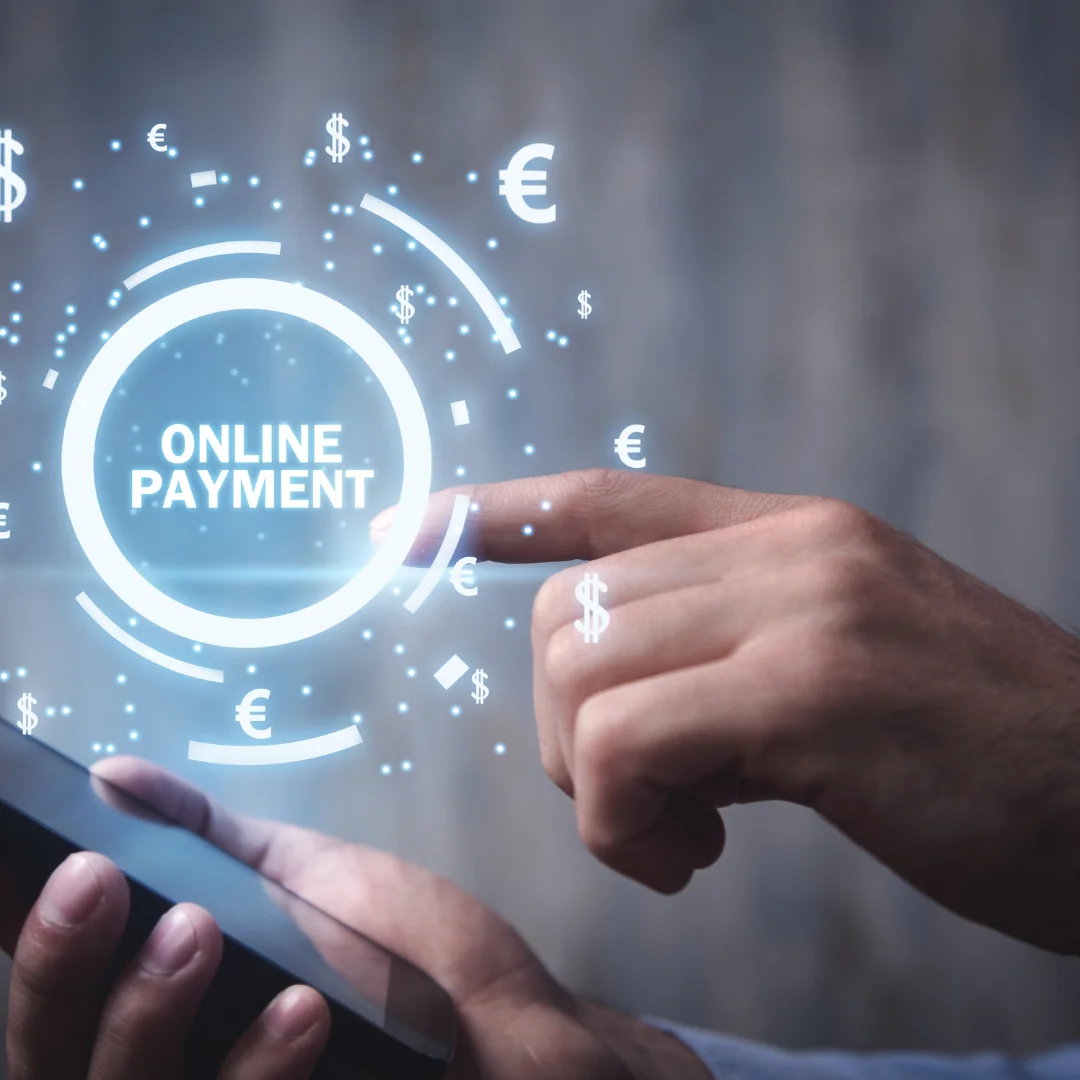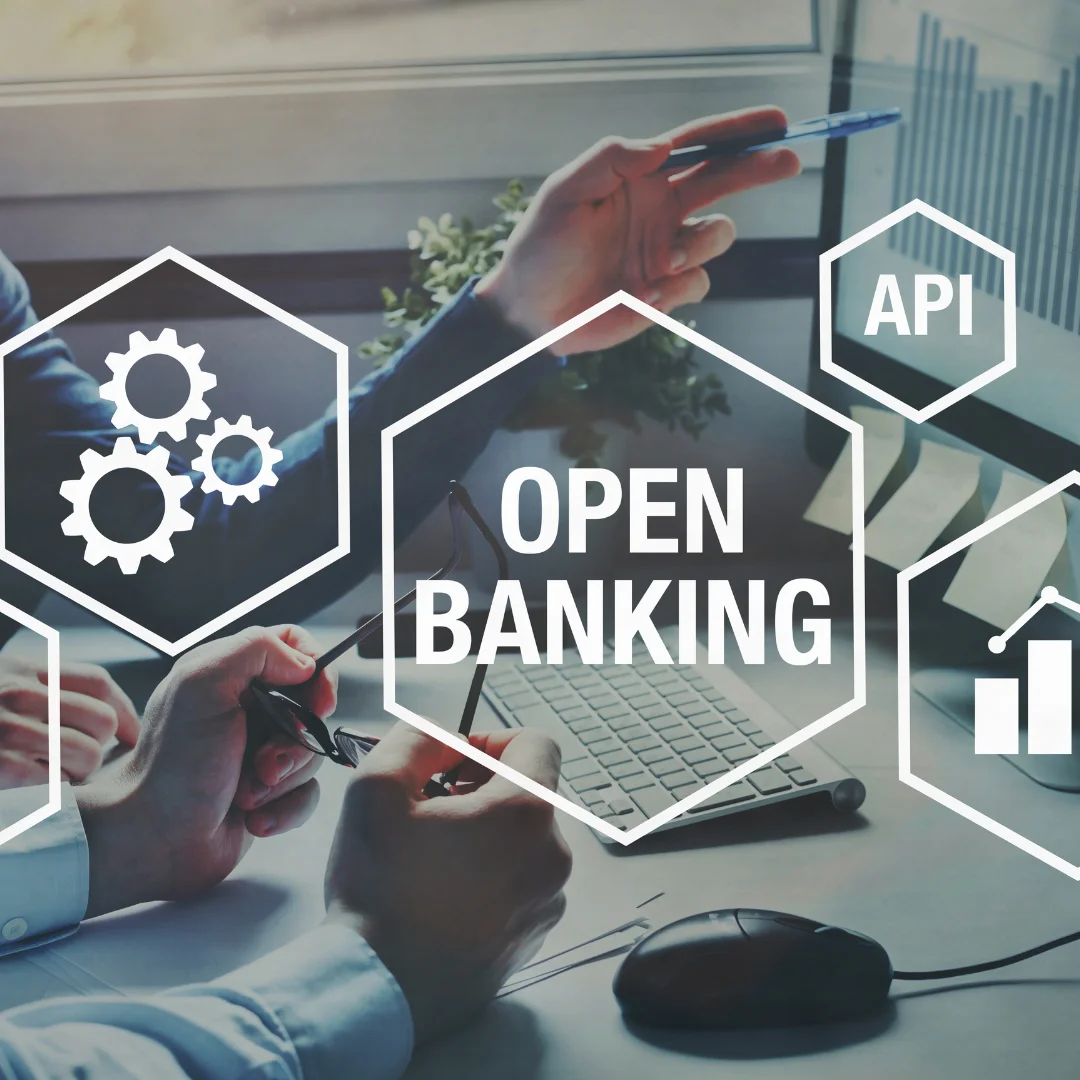In today’s digital age, the payments landscape has evolved significantly. From cash-based transactions to card payments, and now to digital payments, the world of payments has undergone a significant transformation in the past few years. However, as the payments landscape continues to evolve, so does the need for regulations that protect consumers and businesses alike. One such regulation is the Payment Services Directive 2 (PSD2), which is aimed at improving the security and innovation of digital payments. In this article, we’ll explore the impact of PSD2 on digital payments.
What is PSD2?
PSD2 is a regulation that was introduced in 2018 by the European Union to regulate payment services within the European Economic Area (EEA). The regulation aims to increase the security of electronic payments, promote innovation and competition in the payment industry, and enhance consumer protection.
The regulation has three main objectives:
To increase the security of electronic payments by mandating Strong Customer Authentication (SCA) for online transactions.
To increase competition and innovation in the payment industry by opening up payment markets to new players, such as third-party payment providers.
To enhance consumer protection by increasing transparency and imposing liability for unauthorized transactions.
Impact Of PSD2 On Digital Payments
Strong Customer Authentication (SCA)
The implementation of Strong Customer Authentication (SCA) is one of PSD2’s key requirements. SCA is a security measure that requires customers to provide two or more authentication factors to verify their identity when making an online payment. The authentication factors can be something the customer knows (such as a password), something the customer has (such as a smartphone), or something the customer is (such as a fingerprint).
SCA aims to reduce the risk of fraud and unauthorized payments by ensuring that only the authorized user can access the account. However, SCA has also had an impact on the user experience. Customers may find the additional authentication steps cumbersome, which can lead to cart abandonment and a drop in conversion rates.
Open Banking
Another key requirement of PSD2 is the introduction of Open Banking. Open Banking is a framework that allows third-party providers to access the customer’s bank account data and initiate payments on their behalf. This means that customers can use third-party payment providers to initiate payments directly from their bank account, without the need for a card or a separate payment account.
By allowing new players to enter the market, Open Banking has the potential to increase competition and innovation in the payment industry. It also gives customers more choice and control over their payment methods. However, Open Banking also raises concerns about data privacy and security, as third-party providers will have access to sensitive financial information.
Liability for unauthorized transactions
Under PSD2, liability for unauthorized transactions has shifted from the customer to the payment service provider (PSP). This means that if a customer is a victim of fraud or an unauthorized payment, the PSP is responsible for reimbursing the customer.
This change in liability has encouraged PSPs to implement stronger security measures to prevent fraud and unauthorized transactions. However, it has also led to an increase in disputes between PSPs and merchants, as PSPs may dispute liability for disputed transactions.
Impact on merchants
PSD2 has had a significant impact on merchants who accept online payments. Merchants are now required to implement SCA for all online transactions, which can lead to a drop in conversion rates if customers find the authentication process cumbersome.
Merchants also face additional costs associated with complying with PSD2, such as implementing new payment systems and upgrading their payment infrastructure.
However, PSD2 also presents opportunities for merchants to improve the user experience by adopting new payment methods, such as Open Banking and digital wallets.
Impact on payment providers
PSD2 has had a significant impact on payment providers, such as banks and third-party payment providers. Banks have had to invest in new payment infrastructure to comply with PSD2, such as implementing SCA and providing access to third-party providers. This has led to increased costs for banks, but it has also opened up new opportunities for revenue generation.
Third-party payment providers, such as PayPal and Stripe, have also been impacted by PSD2. These providers have had to comply with new regulations and invest in new payment systems to remain competitive. However, PSD2 also presents new opportunities for these providers to expand their business by offering new payment methods and services.
Global Impact
While PSD2 is a European regulation, it has had a global impact on the payment industry. Many countries around the world have implemented similar regulations to improve the security and innovation of digital payments. For example, in the United States, the Federal Reserve has introduced the FedNow Service, which aims to improve the speed and efficiency of digital payments.
PSD2 has also influenced the development of new payment systems and technologies, such as blockchain-based payment systems and central bank digital currencies (CBDCs).
Conclusion
PSD2 has had a significant impact on the digital payments landscape, particularly in Europe. The regulation has increased the security of electronic payments, promoted competition and innovation in the payment industry, and enhanced consumer protection. However, PSD2 has also led to increased costs for merchants and payment providers, and it has presented new challenges and opportunities for the payment industry.
As the payments landscape continues to evolve, regulations such as PSD2 will play an important role in ensuring the security and innovation of digital payments. It will be interesting to see how PSD2 evolves over time and how it influences the development of new payment systems and technologies in the years to come.











